As a beginner photographer, you’ve probably been inundated with articles, videos, and tutorials covering a whole slew of photography tips and tricks. So much information all at once can be overwhelming. Where do you start? To make learning easier, photographer Nigel Danson shares seven photography tips he wishes he’d known when he was a beginner:
1. Use Aperture Priority Mode
It’s not surprising to see many photographers sticking to full manual mode. Learning to use manual mode is without a doubt an excellent skill, but it’s not necessary that you stick with it every time. There are certain moments and lighting conditions that don’t last long; sometimes you need to act quickly. Aperture priority mode is extremely useful for shooting under these circumstances.
Modern cameras are quite good at metering. There’s no harm in relying on them to improve your efficiency.
You still have plenty of creative control with aperture priority mode. You can conveniently control depth of field, and if you’re not satisfied with the exposure that the camera deterimines for you, use exposure compensation to correct it.
2. Understand Your Histogram
In simple terms, a histogram denotes the distribution tonal values. The left side of a histogram represents shadow details, while the right side represents highlights. Mid-tones are in the middle.
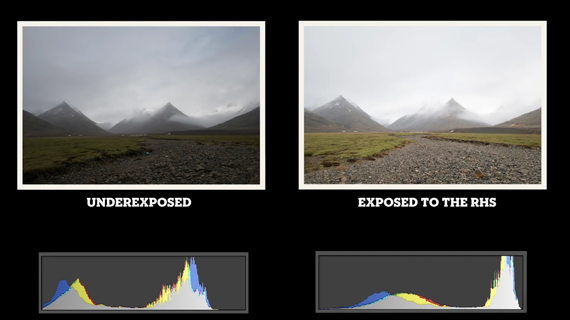
Expose as far as you can to the right-hand side of the histogram.
Exposing to the right without clipping is a common practice that most photographers follow. This method captures most of the shadow and highlight details in your image. Lifting up shadows in an underexposed shot can introduce noise, which can be minimized by exposing to the right.
3. Focus Efficiently
The amount of scene that you have in focus can differ from camera to camera. A crop sensor camera, for instance, will have a greater depth of field than a full frame camera at the same aperture setting. It’s essential that you understand your camera.
Danson suggests that when using a wide angle, instead of focusing on the hyperfocal distance to have your entire scene in acceptable focus, just focus on the distant landscape. If you miss out on exact hyperfocal distance even by a bit, your depth of field can reduce significantly. This will lead to the distant landscape being out of focus. So stop stressing out and focus directly on the distant landscape at “infinity.”
4. Simplify Your Image
“It’s what you cut out of the photos that is more important than what you put into the photos.”
By simplifying your composition and including only things that actually make sense, your images turn out to be much more comprehensible. Identify and exclude the distracting elements in the composition and just focus on the core, interesting subject. If you can, zoom in and try filling the frame.
5. Use Different Lenses
It’s not the camera body that determines the quality of your photos; your lens plays a major role here. Repeatedly changing cameras causes you to spend more time learning to use new gear and less time perfecting your shots. Almost all cameras today are very capable, so try sticking with one. Invest in lenses rather than a new camera.
Using a wide angle lens allows you to capture most of the scene. A telephoto lens, on the other hand, lets you isolate your main subject. Prime lenses will test out your ceativity, while zoom lenses will provide you with versatility.
6. Change Your Position
When composing your shots, pay attention to whether you can improve them by moving around a bit.
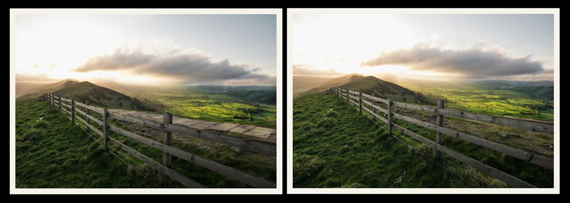
The path that was visible and distracting in the left photo has been eradicated in the photo at the right just by getting low.
To further improve your mobility, why not ditch the tripod entirely? By just moving around with one camera and one lens, you’re free to explore a scene more thoroughly.
7. Find the Right Light
The very essence of photography is capturing light. The quality of light determines how pleasing or unflattering your images come out. Going out to shoot at your convenience doesn’t cut it. You need to be out there shooting when the light is right.
Natural light isn’t all that flattering during mid-day. It creates harsh shadows, and images come out looking flat and washed out. If you take the same image when the sun is low on the horizon, you’ll notice how vibrant and beautiful your photos appear. This is the reason photographers prefer to shoot outdoors during the golden hour. Shoot in the early morning or just before sunset to make the best use of the soft, golden light.
We’re really thankful to Danson for sharing these tips that are the result of his years of experience as a photographer! What do you wish you’d known when you first started taking photos?
Like This Article?
Don't Miss The Next One!
Join over 100,000 photographers of all experience levels who receive our free photography tips and articles to stay current:
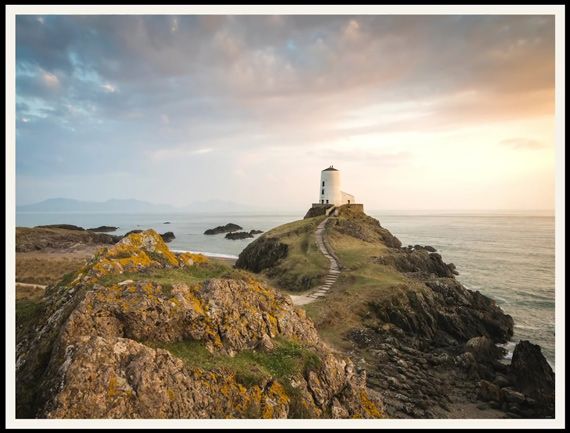
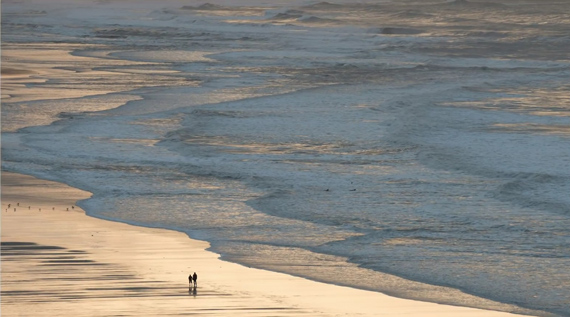
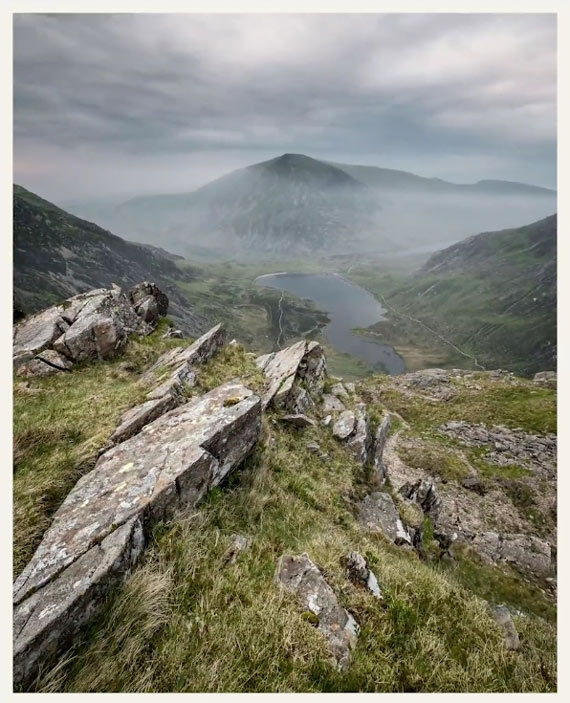
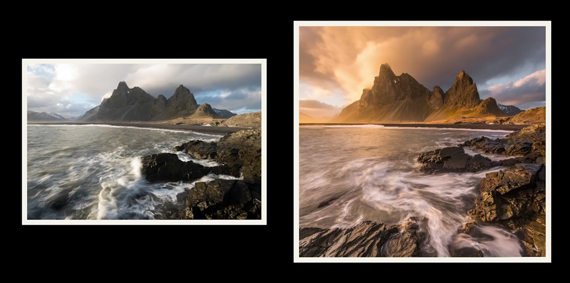






Leave a Reply